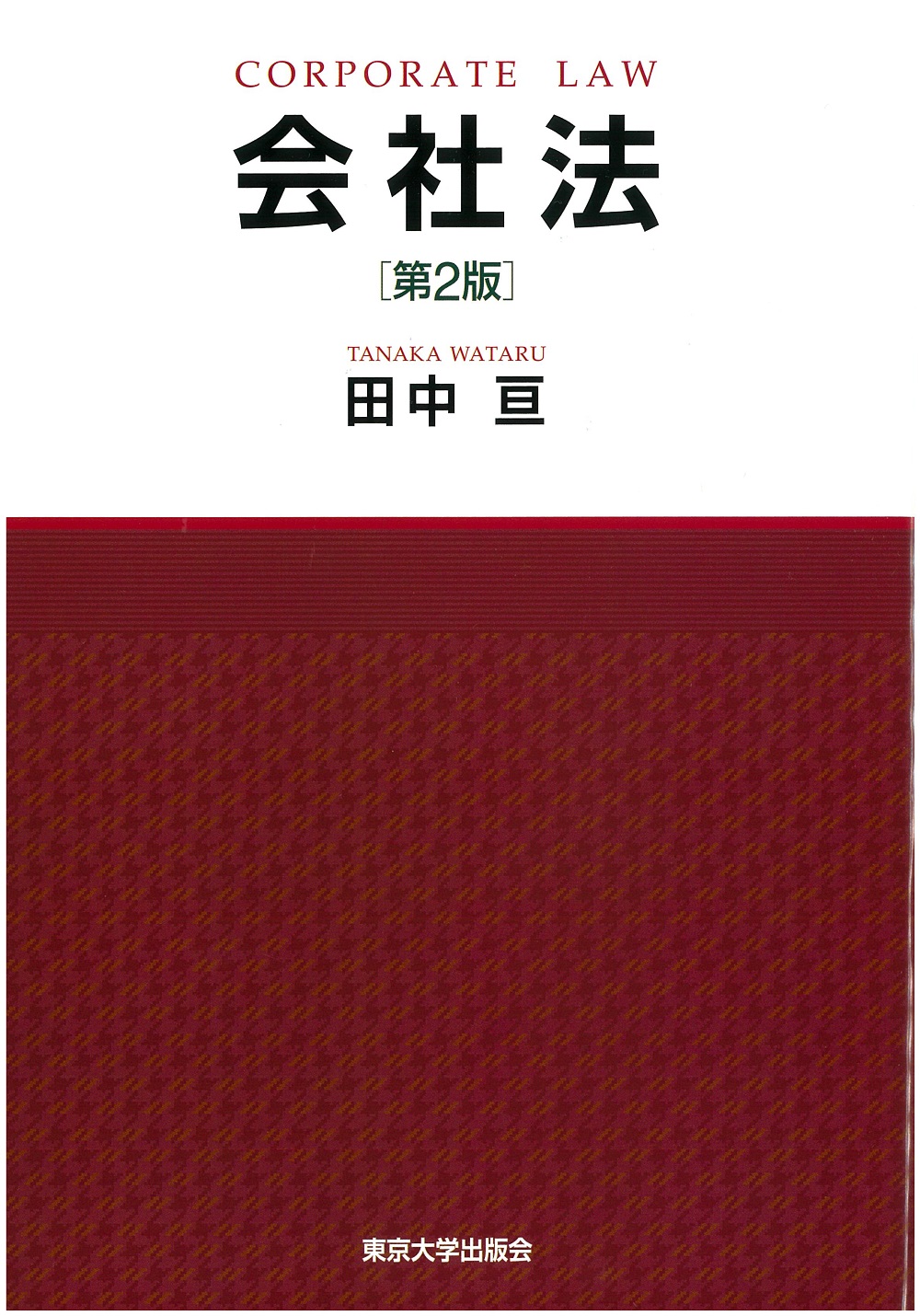
Title
[Soshiki Kagaku (Organizational Science) Vol. 48 No.1, pp. 64-77] Soshiki, hōjin, kabunushi: soshiki to kaisha keitai to no kankei ni kansuru riron-teki kentō (Organizations, Corporations, and Shareholders: A Theoretical Analysis of the Relationship between Organizations and Legal Forms of Business)
Size
104 pages (pp.64-77), B5 format
Language
Japanese
Released
September 20, 2014
ISSN
0286-9713
Published by
Hakuto-Shobo publishing company
Book Info
Japanese Page
When I introduce myself for the first time and explain that “My specialization is business administration, and recently I’ve been doing research regarding the relationship between management and the law,” people do not seem to feel particularly odd. They tend to react normally and simply say things like, “Oh, is that so?” It might be because until now, there have been many problems involving management and the law such as scandals in corporate governance and accounting or employees being worked to death.
In fact, however, until presently, business administration and law have had surprisingly little to do with each other. While people in the field of business administration may touch upon legal issues to some extent, they do not get involved in theoretical debates on the law; meanwhile, although some legal scholars (especially of corporate law) may discuss judicial precedents involving certain specific cases, their coverage of actual corporate management is at best confined to the footnotes.
Looking at the situation from the business administration perspective, it is easy to understand why this should be so. The fact is that research on law and the legal system presumes so much background knowledge that it renders them untouchable. It is not so clear, however, why scholars of law should refrain from debating issues of management. Business administration, after all, probably requires less background knowledge than law. Perhaps it is because legal scholars consider that they should only talk about legal issues and not about other matters. Whatever the case, even though business administration and law (especially corporate law) cover many of the same things, they have kept their distance from each other.
Against this backdrop, this paper is an attempt to upset the applecart. Focusing on real-life organizations, I have attempted to clarify the relationship between the economic activities that a business organization actually undertakes and the legal form of company or corporation that the business assumes. When one thinks about it, it is impossible for there not to be a relationship between real-life business operations and their legal expression in the form of a company or corporation. To put it the other way around, when we think of a corporation—which is not an actual Homo sapiens (natural person) and is still treated as a person under the law—we have to think about what kind of activities are presumed to lie behind it. This point becomes an issue, for example, when trying to impose corporate responsibility in criminal cases. In this paper, by focusing on corporate organization, I demonstrated that it is appropriate to apply the legal fiction of the “legal person” under certain circumstances when trying to handle organizational activities in a legal context.
In recent years, the relationship between management and the law—the “menu” of legal forms of business in particular (business corporations, general partnership, limited partnership, etc.)—is an area that has been attracting considerable attention in the fields of business administration and business history. For example, various international academic conferences have even devoted some sessions to these. I have also been involved in these kinds of networks over the past few years and have presented a number of works on the development of legal business forms in Japan. While this study may be a single, small theoretical foundational stone in the larger edifice of this current line of research, we may at least say that it is intended to set one stone of the edifice in place.
While this paper is by no means a long piece of work, it has been written at a level of ambition appropriate to this aim.
(Written by SHIMIZU Takashi, Associate Professor, Graduate School of Arts and Sciences / 2018)



 Find a book
Find a book


 eBook
eBook



